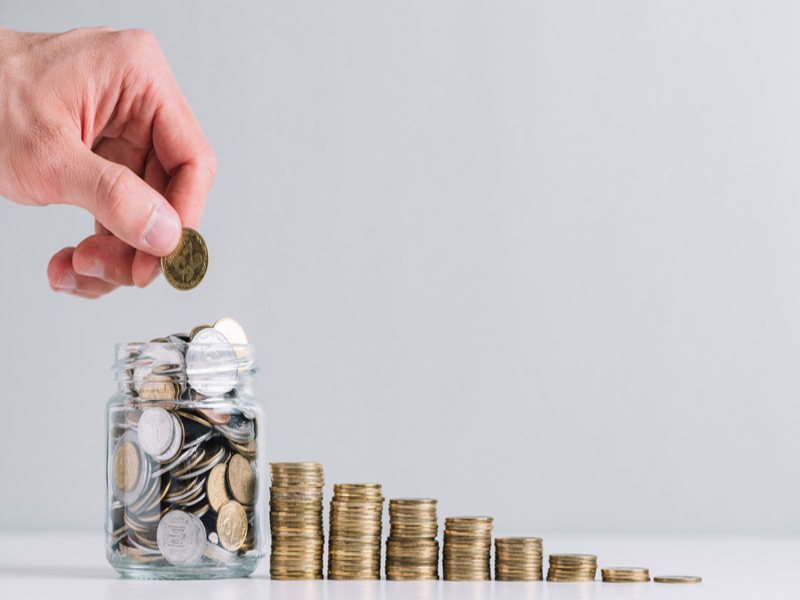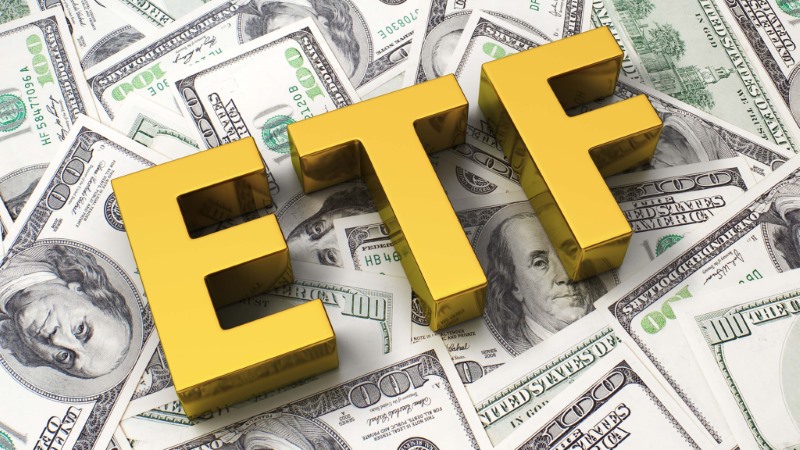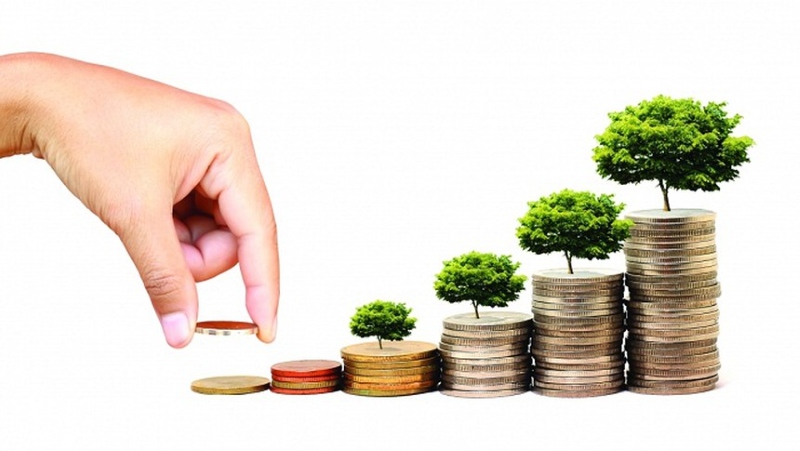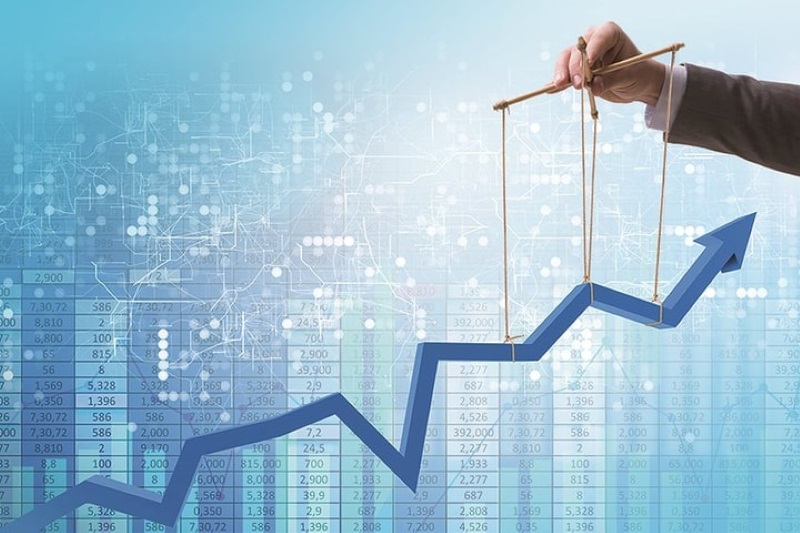What are assets and liabilities? Understanding the difference between them helps you manage your personal finances effectively and build a solid financial foundation.
What are Assets and Liabilities?
In personal financial management, What are assets and liabilities? is an important question that everyone should understand clearly. Distinguishing What are assets and liabilities?, consumption and accumulation, or What is a consumer asset? help you make smart financial management decisions. Let's join HVA Learn more about this concept and how to apply it to your life.
Assets are things that have financial value and can help you generate income or increase in value over time. These assets can include rental real estate, stocks, cash, or any resource that can generate income or hold value over time.
Liabilities, on the other hand, are things that consume money without providing long-term value. Living expenses such as eating out, buying clothes, or spending on entertainment are often considered liabilities. While they may provide short-term comfort, they do not add to your wealth or generate future income.

Concept of Assets and Liabilities
Concept of assets and liabilities There is a clear distinction. Assets are things that you own and that have the potential to generate income or increase in financial value. Typical examples are rental properties, stocks, or value-appreciating assets such as gold.
Liabilities, on the other hand, are things that do not generate income and do not increase in value in the long term. Daily living expenses, unnecessary purchases, or entertainment that do not contribute to future wealth are all examples of liabilities.
Consumption and Accumulation
In addition to liabilities, another important concept is accumulation. Accumulation refers to investing in assets that have the potential to increase in value over time. Investments such as buying rental properties, investing in stocks, or accumulating gold are typical examples of accumulation. The purpose of accumulation is to help you increase your assets and build a sustainable financial foundation. Meanwhile, liabilities are mainly expenses that do not bring long-term financial value. Therefore, consumption and accumulation There is a clear difference in financial goals and outcomes: assets help you grow your wealth over the long term, while liabilities only provide immediate benefits without increasing your financial value.

What are Consumable Assets?
What are consumer assets? These are assets that you own, but they do not generate income or increase in financial value. An example of a liability asset would be a car. If you use the car only for commuting and do not generate rental income or use it for business purposes, the car becomes a liability. These are assets that cost money to maintain but do not provide long-term financial benefits.
What are Assets and Liabilities?
Question What are assets and liabilities? can be answered by clearly distinguishing between the two concepts. Assets are things that can generate income or increase in financial value over time. Typical examples are rental properties, stocks, or value-appreciating assets such as gold.
Liabilities, on the other hand, are expenses that do not add long-term value. Daily living expenses, unnecessary purchases, or entertainment that do not add to your future wealth are all examples of liabilities.
Concept of Assets and Liabilities
Asset Assets help you maintain and grow your finances, while liabilities are expenses that do not provide long-term financial benefits. For example, spending money on everyday consumer products that are unlikely to generate future income.
While assets and liabilities If there is a clear difference, you need to realize that saving and investing in assets will help you build a solid financial foundation. On the contrary, spending money on products that have no long-term value will reduce your personal finances.
The Difference Between Assets and Liabilities
The difference between assets and liabilities is in the ability to create long-term value. Assets are things that can generate passive income and increase your finances over time. For example, rental properties, stocks, bonds or gold are assets that can generate long-term profits and maintain stable value in the future. These assets not only help you protect your finances but also help you build sustainable wealth.
Liabilities, on the other hand, are expenses that have no long-term financial value. While they may provide short-term satisfaction and comfort, they do not increase your wealth or generate future income. Daily living expenses, personal purchases, and entertainment are often considered liabilities because they do not provide long-term financial benefit.
Understanding this difference will help you make smart financial decisions, thereby building a reasonable and solid financial strategy for the future.
>>> See more articles: Proper Asset Management: ISO Process and How to Do It
Examples of Assets and Liabilities
Asset Examples:
Real estate for rent: This is a typical example of a property that generates steady rental income.
Stocks and bonds: These investments can generate passive income through dividends and interest.
Gold and precious metals: These assets hold value over the long term and can help protect finances from currency devaluation.
Examples of Consumables:
Daily living expenses: Spending on food, clothes, or travel does not provide long-term financial value.
Private car:If the car is used only for personal purposes and does not generate income, it becomes a liability asset.
Entertainment services:These expenses do not create lasting value, although they may provide immediate relaxation and satisfaction.
From those examples of assets and liabilities Above, we can see the clear difference between these two concepts. Assets are things that can generate income or hold long-term value, helping to increase personal finances over time. Examples such as rental real estate, stocks, bonds and gold are all valuable and sustainable assets. Meanwhile, liabilities are expenses that do not bring long-term financial value, such as daily living expenses, personal cars or entertainment services. Understanding the difference between assets and liabilities will help you manage your personal finances more effectively, thereby creating a solid financial foundation for the future.

Conclude
Understanding What are assets and liabilities? will help you have a more correct view on how to manage personal finances. When you distinguish What are assets and liabilities?, What is a consumer asset?, or the difference between assets and liabilities, hope that through this article you will have investment knowledge become more confident to make smart financial decisions and build a solid financial foundation. Focusing on minimizing liabilities and increasing investments in assets is a smart financial strategy for you to achieve financial stability and prosperity in the future.
`










